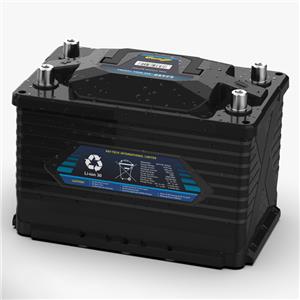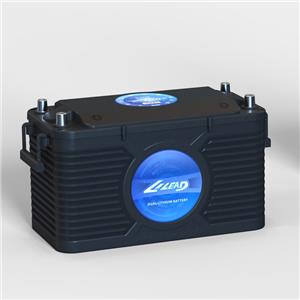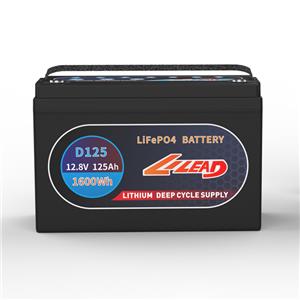Harnessing the Wind and Sun: Integrating Lithium-ion Batteries in Sailboat Energy Systems
In the ever-evolving world of sailboats, the integration of renewable energy sources has become a cornerstone of innovation and sustainability. Among these sources, solar and wind power stand out as clean, abundant, and readily available options for powering sailboats. By harnessing the wind and sun, coupled with the efficient storage capabilities of lithium-ion batteries, sailboats can achieve unprecedented levels of energy independence and sustainability. In this article, we explore the seamless integration of lithium-ion batteries with solar and wind power systems in sailboats.
1. Leveraging Solar Power:
Solar panels have long been recognized as an effective means of harnessing renewable energy for sailboats. Mounted on the deck or integrated into sails, solar panels capture sunlight and convert it into electricity, supplementing the onboard power supply. Lithium-ion batteries play a crucial role in storing excess solar energy during peak production hours, ensuring a consistent power supply even when sunlight is limited.
2. Maximizing Wind Energy:
Wind turbines, whether mounted on masts or deployed as standalone units, offer another viable option for generating clean energy on sailboats. As the wind propels the blades, wind turbines generate electricity that can be stored in lithium-ion batteries for later use. By harnessing both solar and wind energy, sailboats can capitalize on the natural forces of their environment to power essential onboard systems.
3. Hybrid Energy Systems:
Many modern sailboats feature hybrid energy systems that combine solar panels, wind turbines, and lithium-ion batteries to optimize energy production and storage. These systems intelligently manage power generation and consumption, prioritizing renewable energy sources whenever available and seamlessly switching to battery power when needed. The result is a more reliable and efficient onboard power supply with minimal environmental impact.
4. Overcoming Energy Challenges:
Sailboats often face energy challenges during extended voyages or when navigating regions with limited sunlight or wind. Lithium-ion batteries provide a practical solution to these challenges by storing surplus energy during favorable conditions and releasing it when needed. Their rapid charging capabilities and high energy density ensure a consistent power supply, regardless of external factors.
5. Reducing Reliance on Fossil Fuels:
By integrating lithium-ion batteries with solar and wind power systems, sailboats can significantly reduce their reliance on fossil fuels, thereby lowering operating costs and minimizing environmental impact. This transition towards cleaner, renewable energy sources aligns with the broader push for sustainable practices within the maritime industry.
6. Enhancing Energy Independence:
Sailboats equipped with lithium-ion batteries and renewable energy systems gain greater energy independence, allowing them to venture further and explore remote destinations without the need for frequent refueling or shore power connections. This newfound autonomy opens up a world of possibilities for sailors and adventurers seeking to push the boundaries of exploration.
7. Conclusion:
The integration of lithium-ion batteries with solar and wind power systems represents a significant milestone in the quest for sustainable sailing practices. By harnessing the wind and sun, coupled with advanced energy storage technology, sailboats can embark on journeys with confidence, knowing that they have a reliable and eco-friendly power source at their disposal.
As sailboats continue to embrace renewable energy solutions, the synergistic relationship between lithium-ion batteries, solar panels, and wind turbines will pave the way for a cleaner, more sustainable future on the open seas.




